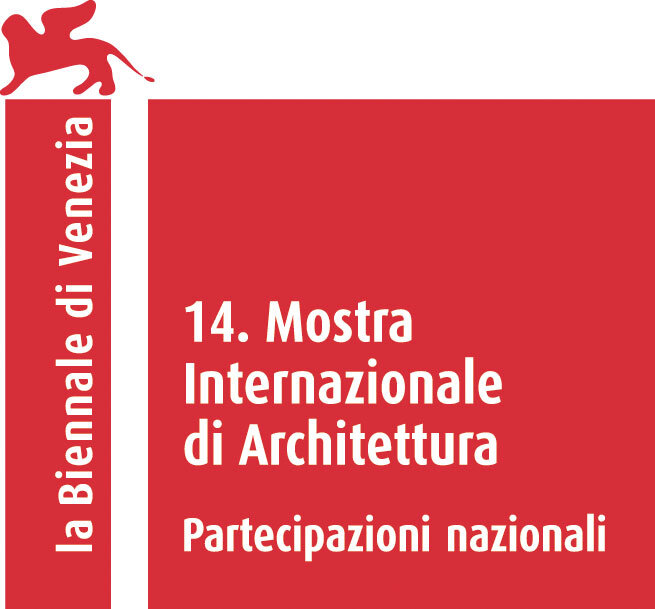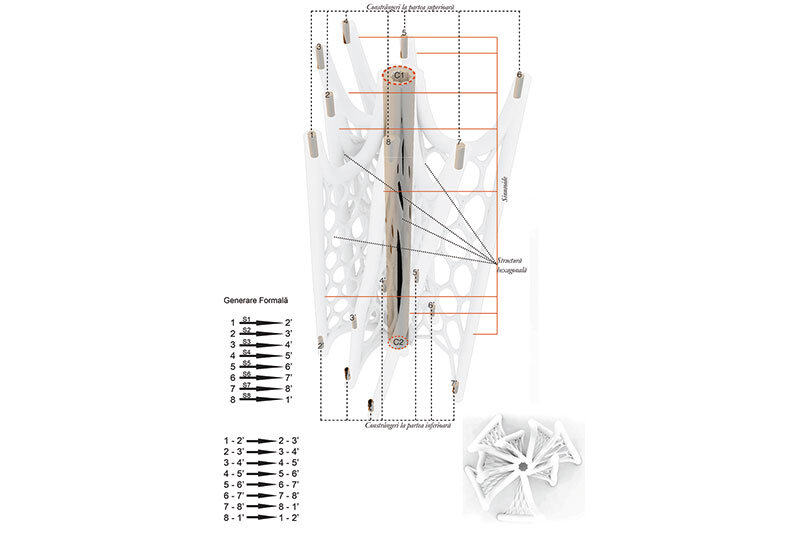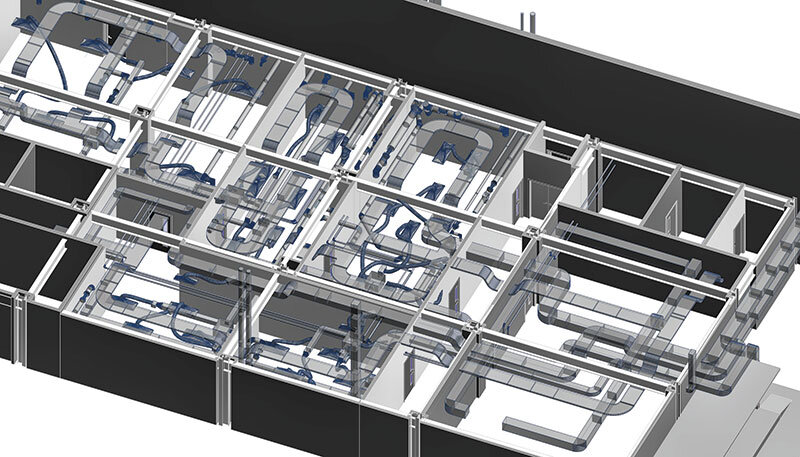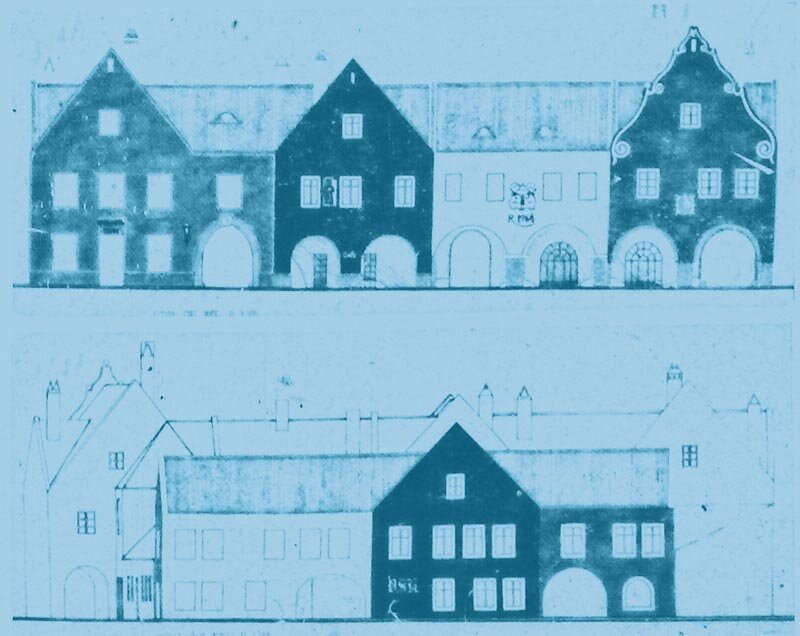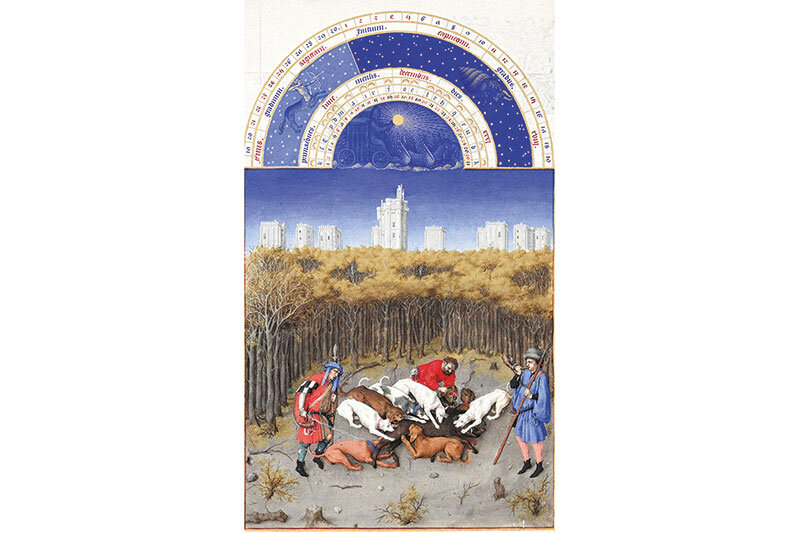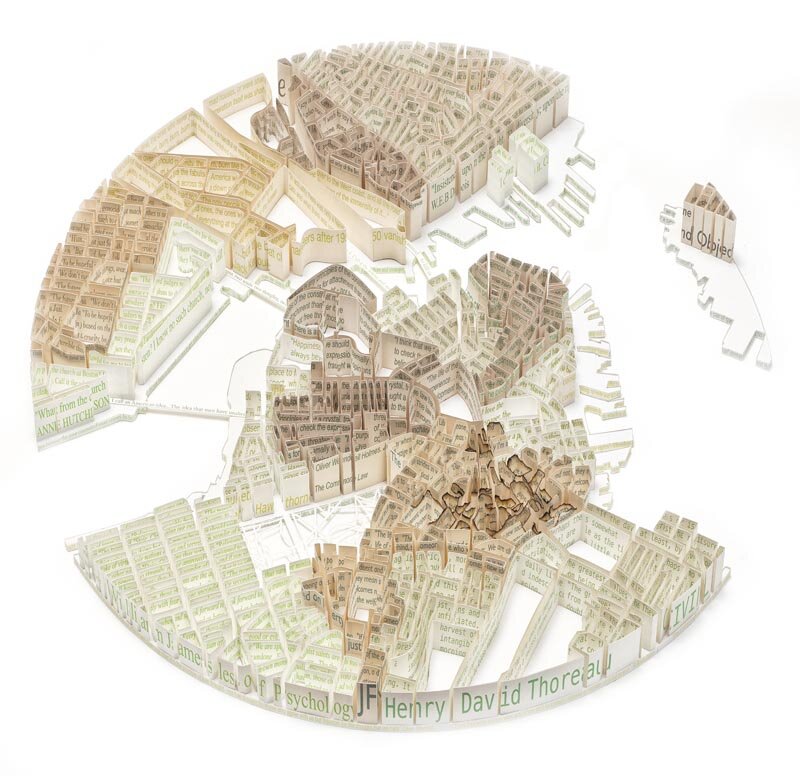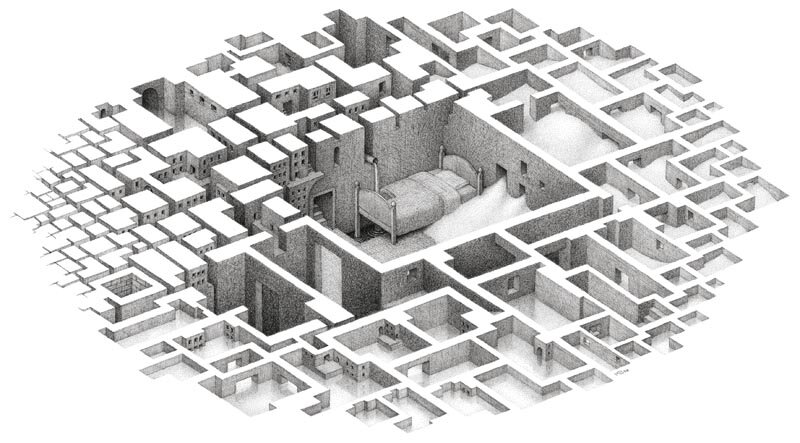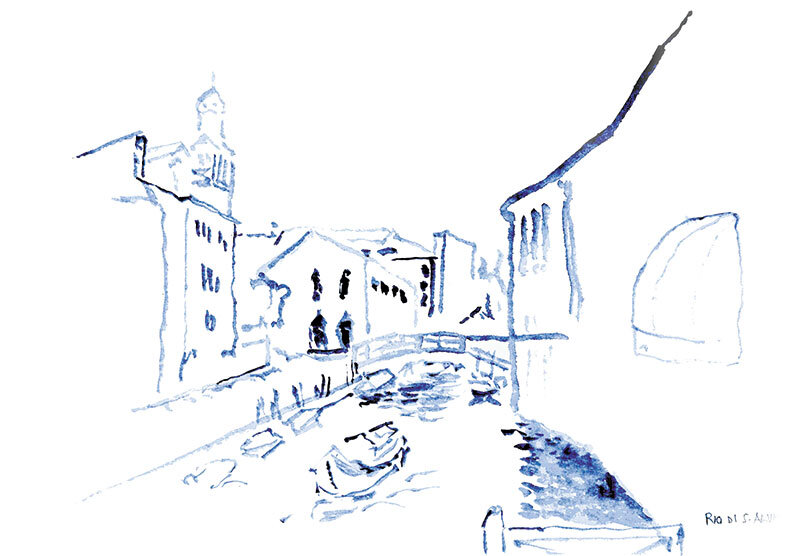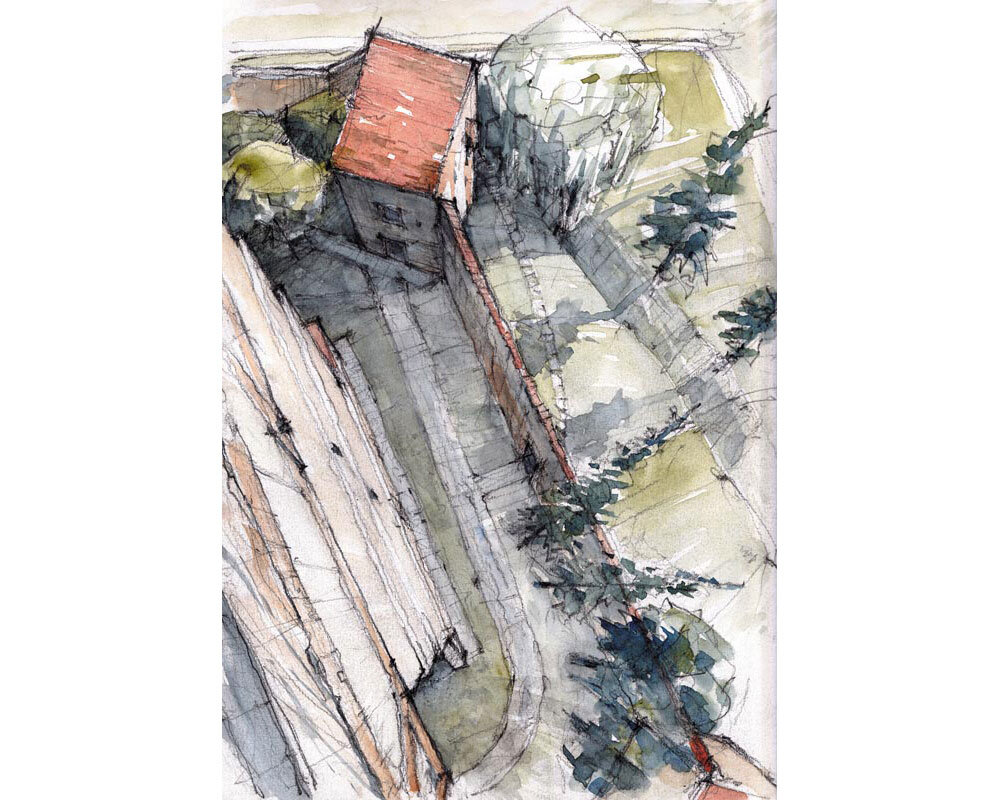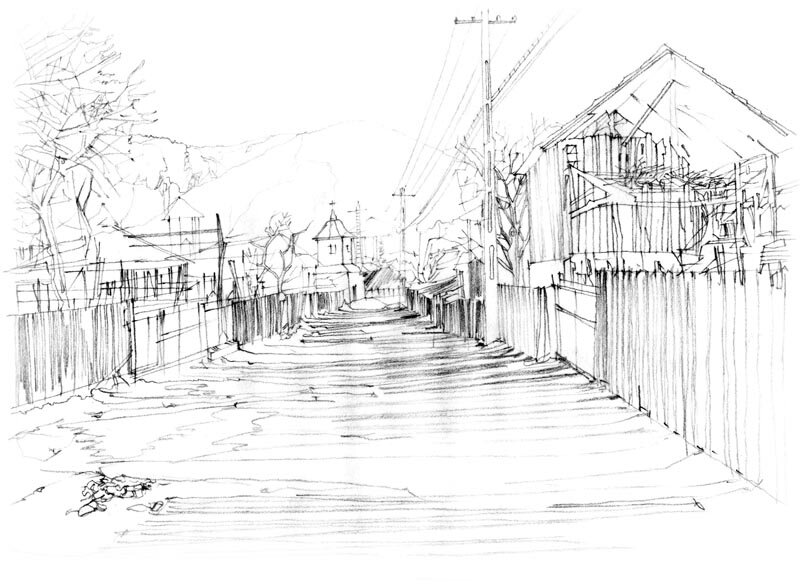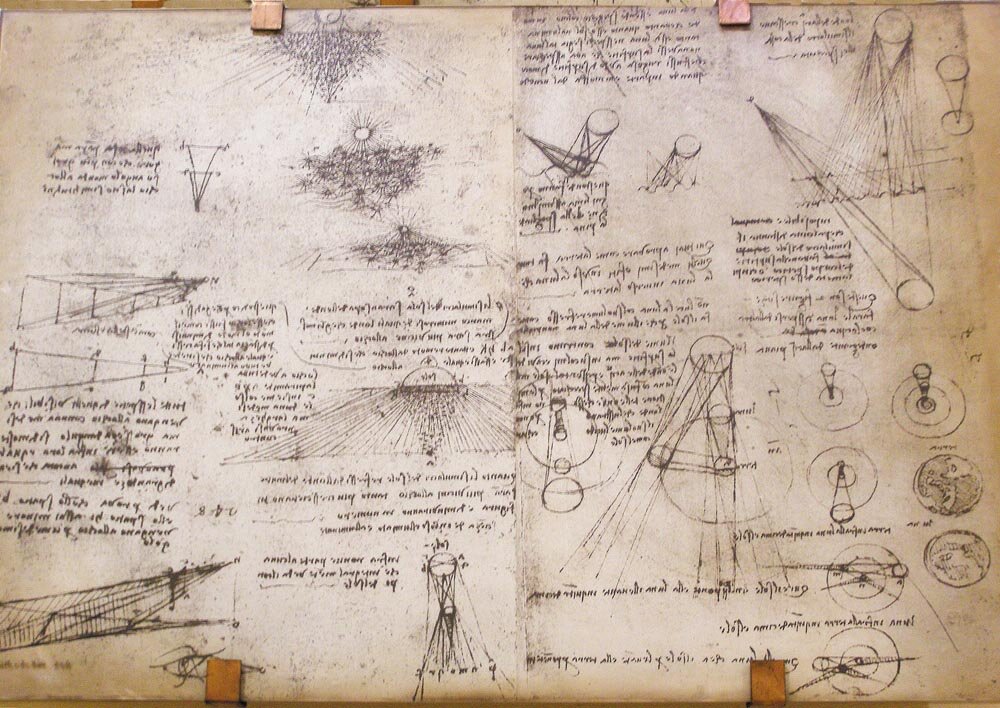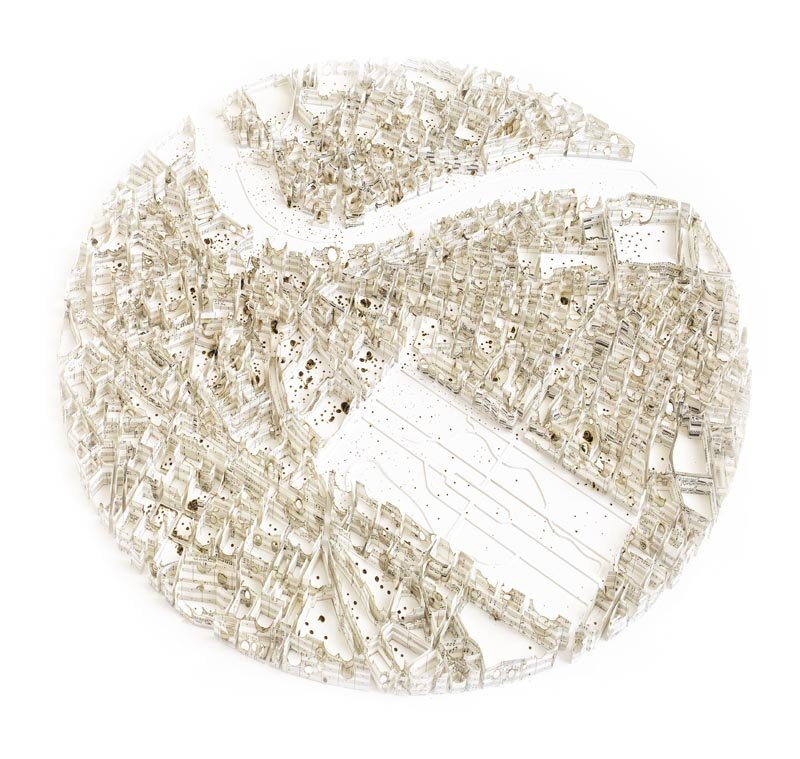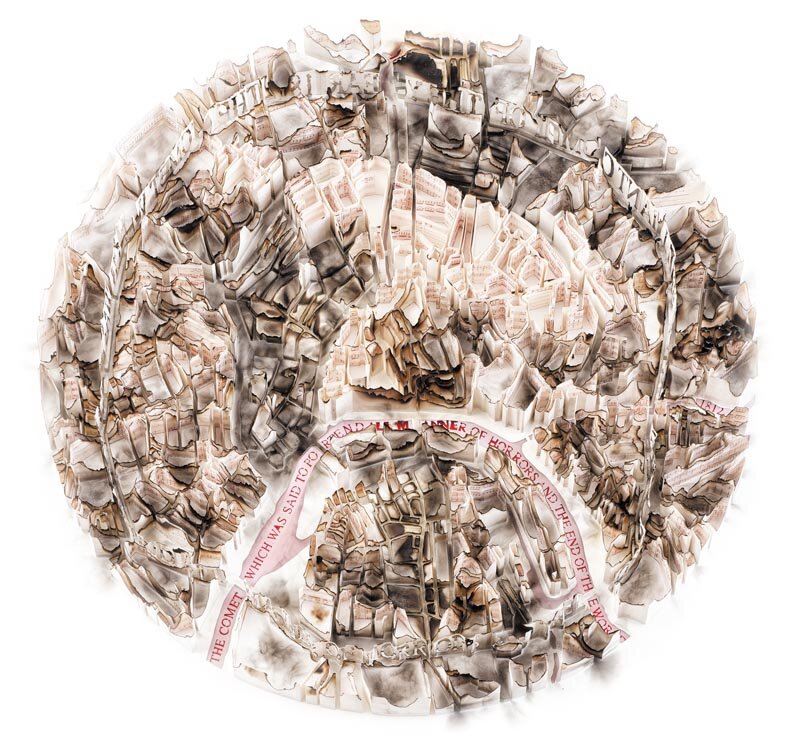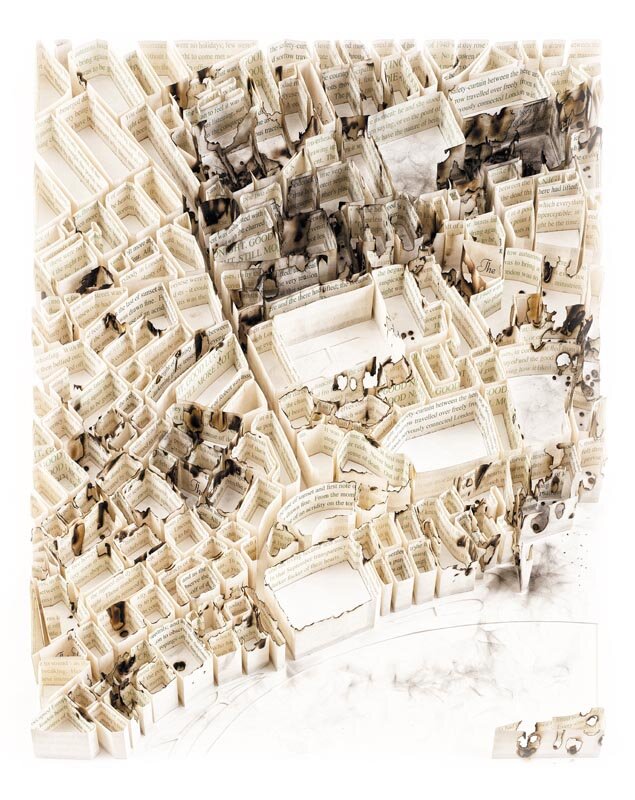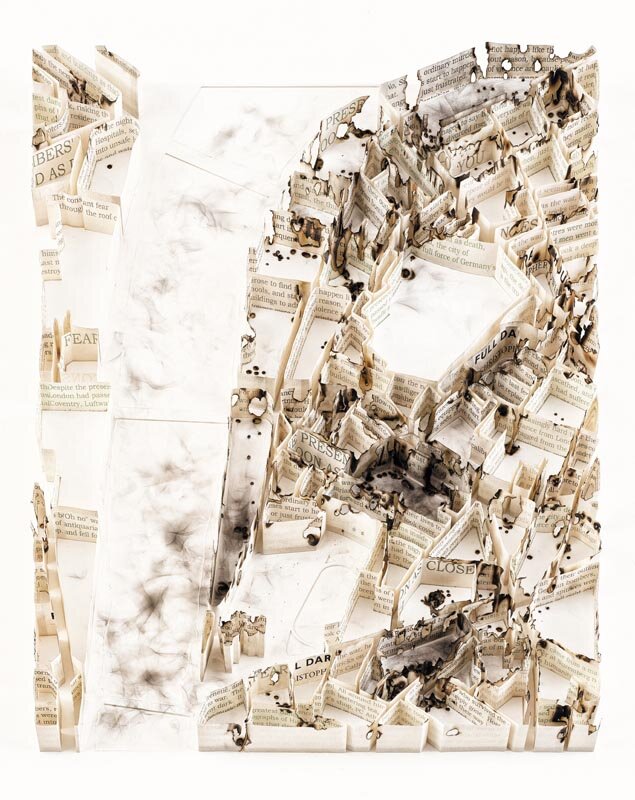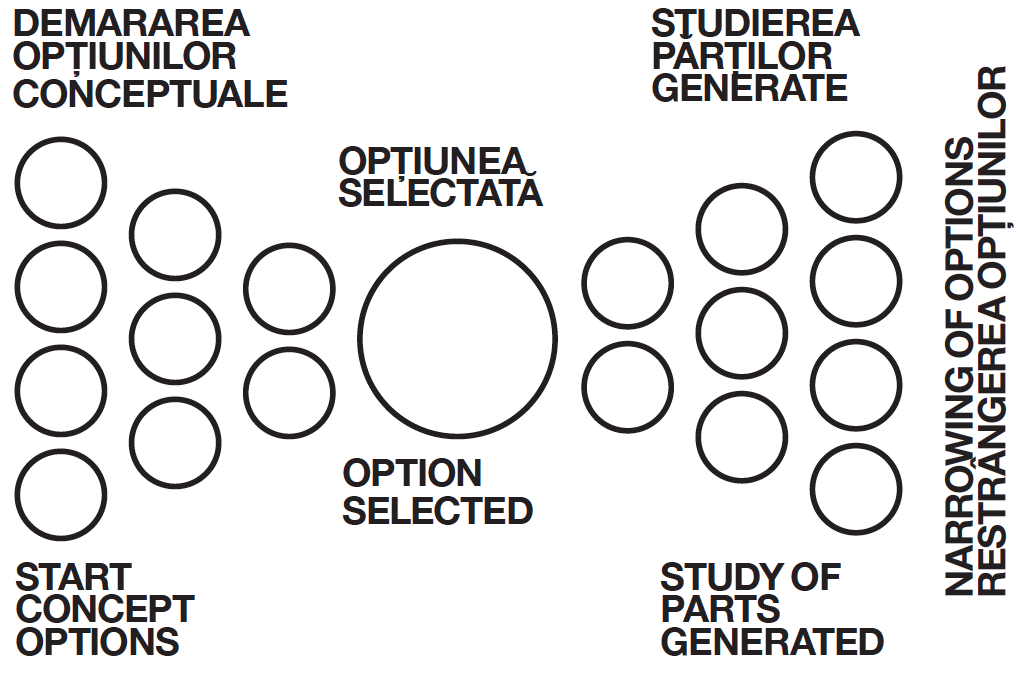
Desenul din hârtie pliată

Drawing with Folded Paper
| Planurile orașelor și arhitectura acestora există, inițial, în mintea creatorilor lor ca niște gânduri care, ulterior, se dezvăluie ca desene. Forma anumitor orașe a constituit, în mare măsură, o reacție la condițiile de ordin geografic sau economic; pe de altă parte, multe dintre ele au fost entități planificate. Pentru mine, cu ajutorul cartografiei, toate devin niște frumoase desene diagramatice, indiferent dacă forma lor este planificată sau organică. Sculpturile mele redau această cartografie ca pe un desen tridimensional, cu ajutorul hârtiei pliate. Dacă cineva ar sta direct în fața sculpturilor, perspectiva ar fi cea a unui desen perfect liniar; niciun detaliu al hârtiei nu ar fi vizibil. Observatorul nu poate observa conținutul interior al operelor decât dacă se deplasează lateral față de ele. Formele din hârtie pliată creează o serie de desene liniare și în spațiu, forme delicate care îngrădesc spațiile ocupate de clădiri. Sculpturile pe care le realizez eu nu sunt o încercare de a crea un model arhitectural, ci mai degrabă o versiune abstractă a istoriilor culturilor și civilizaților care au trăit în acele orașe.
În prezent, lucrez la o sculptură a orașului Chicago care transpune parțial acea viziune asupra orașului conținută în planul Burnham, întocmit în 1906, viziune care nu a fost edificată niciodată. Planul respectiv, în forma sa desenată, era o viziune minunată a unui viitor oraș transformat, dar numai părți din el au fost efectiv puse în practică. Opera va conține gânduri și citate din spusele acelor arhitecți faimoși care au modelat orizontul orașului Chicago, Daniel Burnham fiind doar unul dintre aceștia. Sculptura va fi un fel de desen al intențiilor și imaginației celor care l-au modelat, cuvintele arhitecților vor curge de-a lungul străzilor și pe zidurile blocurilor de hârtie. Următorul citat este din „The Fountainhead”, de Ayn Rand, și exprimă gândurile personajului principal, arhitectul Howard Rourke: „Aș da cel mai minunat apus din lume pentru o singură privire asupra orizontului orașului New York. Mai ales dacă nu poți vedea detaliile. Doar formele, formele și gândurile care le-au dat naștere. Cerul deasupra New York-ului și voința omului, devenită vizibilă”. Acest citat face parte dintr-o sculptură a orașului New York la care lucrez în prezent pentru New York University. Textele pot fi asemuite cu formele pe care le iau gândurile ce au populat structura unui oraș de-a lungul timpului. De exemplu, în cazul volumului Ulysse al lui James Joyce, plimbările pe care le fac Stephen Dedalus și Leopold Bloom pe străzile orașului Dublin creează o serie de desene imaginare în spațiu și timp. Modelul textelor care alcătuiesc această sculptură este conceput în așa fel încât să aducă aceste gânduri și narațiuni la forma vizuală a orașului Dublin. Romanul însuși creează un peisaj interior al Dublinului, un peisaj al gândurilor, vocilor și conversațiilor. |
| Citiți textul integral în numărul 1 / 2014 al Revistei Arhitectura |
| The plans of cities and their architecture exist as thoughts that reveal themselves as drawings in the minds of their creators. Whilst the form of some cities was mostly a response to the demands of geography or economics, many were planned entities. To me, all become beautiful diagrammatic drawings with the rendition of cartography, whether planned or organic in form. My sculptures render this cartography as a three dimensional drawing through the use of folded paper. If a person were to stand directly in front of the sculptures, the view would be purely that of a line drawing, no surface detail on the paper is visible. It is only by moving to the side that the works reveal their interior content to the viewer. The folded paper forms create line and shadow drawings, delicate forms that simply enclose the spaces that the buildings occupy. The sculptures I make are not an attempt to make an architectural model, more an abstracted version that is capable of containing the histories of the cultures and civilizations that have been lived within it.
I am currently working on a sculpture of Chicago, this will, in part be a work that is building the unbuilt vision of the 1906 Burnham plan for Chicago. This plan, in it’s drawn form, was a beautiful vision of the transformed future city, only parts of it were ever implemented. This art work will contain the thoughts and quotes from the famous architects who shaped the Chicago skyline, Daniel Burnham being just one one of these. The sculpture will be like a drawing of the intentions and imaginations of those who shaped it, the words of the architects flowing along the streets and on the walls of the paper blocks. The following quote is from „The Fountainhead”, by Ayn Rand, and is the thoughts of the leading character, Architect Howard Rourke „I would give the greatest sunset in the world for one sight of New York’s skyline. Particularly when one can’t see the details. Just the shapes. the shapes and the thought that made them. The sky over New York and the will of man made visible”. This quote forms part of a sculpture of New York that is currently in progress for New York University. Texts can be like the thought forms that have populated the city structure over time. For instance, in the case of Dublin and James Joyce’s Ulysses, the walks of Stephen Dedalus and Leopold Bloom as they perambulate through the streets of Dublin, create imagined drawings in space and time. The patterning of the texts in this sculpture are designed to bring these thoughts and narratives into the visual form of Dublin. The novel itself creates an interior landscape of Dublin, a landscape of thought, voice and conversation. |
| Read the full text in the print magazine. |


